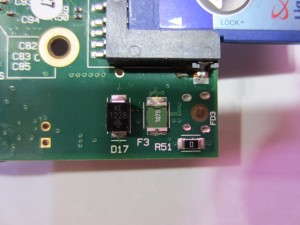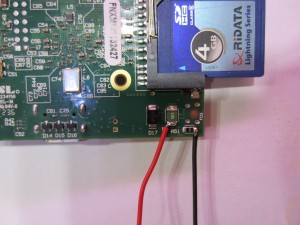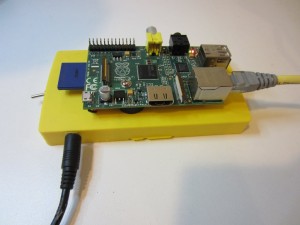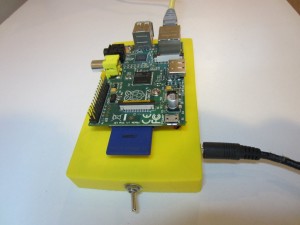I got myself a Raspberry Pi (Model B V2) last month. After having played with it for a while, I have to say that I really like this tiny single-board computer. Since it runs on Linux, you can compile and run your C/C++ code on it. Most popular applications have already been adapted to the ARM architecture and can be run readily on Pi. Unlike some other SBCs, Pi allows easy access to GPIO ports which makes it equally attractive for people who are interested in hardware.
One of the things I am not too fond of is the use of a micro USB connector for its power supply connection. While most of the development boards (such as Arduino) are USB powered and many are equipped with either mini USB or micro USB connectors, I would have preferred a standard barrel jack on Raspberry Pi for the following reasons:
- While micro USB based power supplies are abundant thanks to the popularity of micro USB based phone chargers, not all of these adapters are capable of meeting the voltage requirement (i.e. above 4.75V) while still delivering the required current for the board and the peripherals.
- Even in situations where a charger is capable of maintaining 5V under heavy load, not all micro USB cables are made with wires thick enough to deliver the required current without suffering significant voltage drop. This is particularly problematic when the peripherals are powered via the board headers.
Of course, you can always just buy a power supply and a beefy micro USB cable and be done with. But I have many 5V barrel jack power adapters lying around and I just wanted to be able to use them.
Besides the choice of using the mini USB connector, the lack of a power switch is another thing I found somewhat inconvenient. When all the cables are connected (e.g. network, HDMI, etc.) to the board, it is sometimes a bit awkward to plug and unplug the mini USB cable.
Fortunately, it is quite easy to add a barrel jack and an on/off switch to it. As you can see from the pictures below (the reverse side of the Raspberry Pi board), the +5V and Gnd connections from the micro USB port are routed to the polyfuse (+5V) and the zero ohm resistor (Gnd) respectively. So all that is needed is to wire the barrel jack in series with the power switch directly to these points.
 |
 |
One thing we need to pay attention to is that both the polyfuse and the zero ohm resistor should be connected in the current path as they provide overcurrent protection to the rest of the board. The correct connections are shown in the pictures above.
Once the wires are in place, I mounted the Pi board onto a plastic cover and then installed the barrel jack and the switch there. The pictures below show what the board looks like after the modification. Now the Raspberry Pi board can be powered by either micro USB or a standard 5V power jack.
 |
 |

